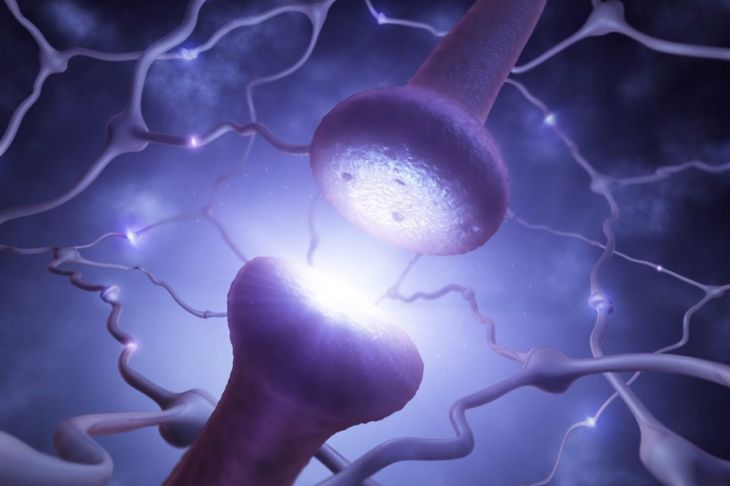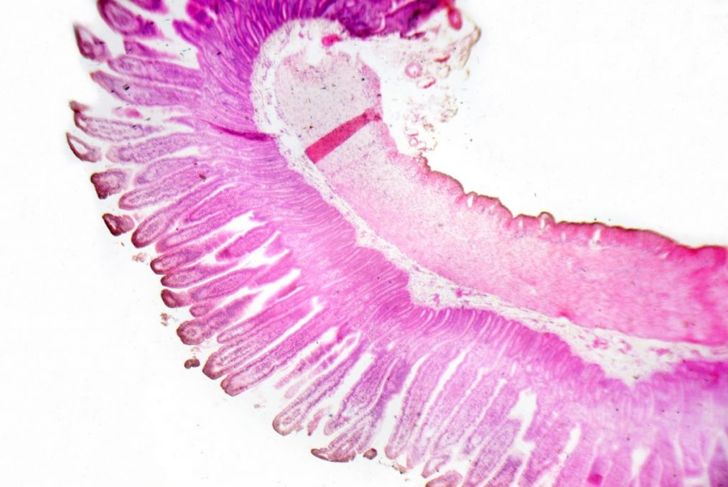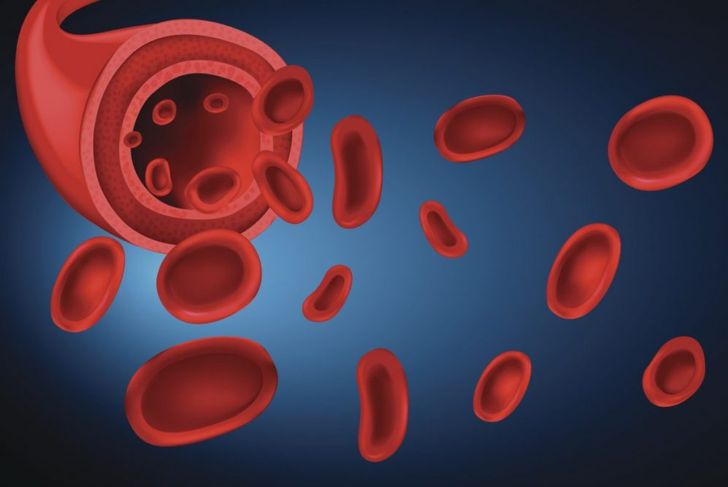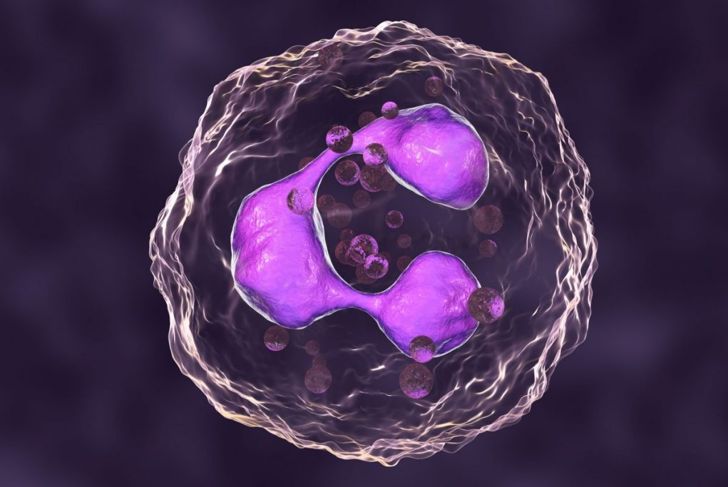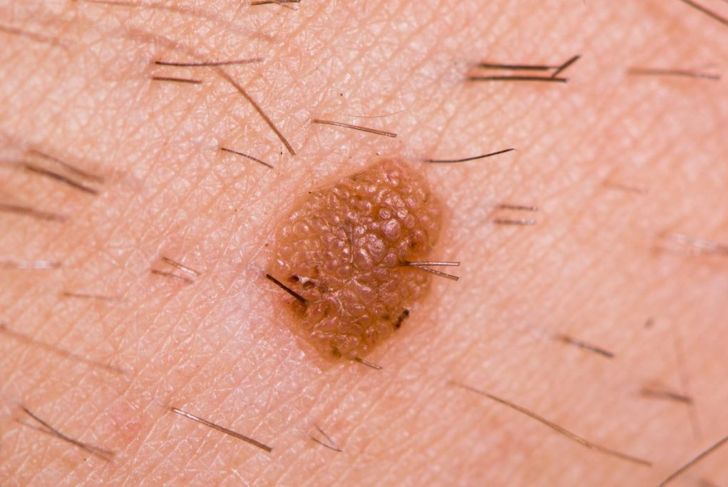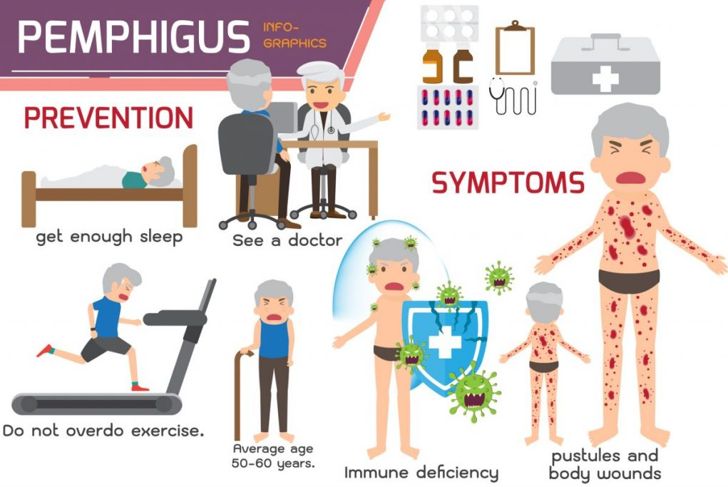Cancer causes many well-known symptoms, but a rare potential complication of the disease can develop if the body begins attacking itself. Paraneoplastic syndromes occur when defenses turn against healthy cells instead of fighting the neoplasm or abnormal growths. The result is a cascading list of side effects that range from disconcerting to morbid. This reaction may be an individual’s first noticeable warning of cancer or develop spontaneously with no known cause. Either way, paraneoplastic syndromes are complex manifestations with various categories, combinations, and effects.
Endocrine Types
One category of paraneoplastic syndromes is the endocrine type, which can create cross-reactive responses; neoplasms secrete hormones, peptides, and cytokines that trigger a response that looks like metastasis. While these secretions can occur at any stage, when they do show up in people with malignant cancers, they generally indicate a poor survival rate.
Neurological Types
Paraneoplastic neurological syndromes or PNS typically occur in people with lung cancer. In one study of individuals with lung cancer between the ages of 52 and 72, approximately 64 percent had PNS. Some develop onconeural antibodies that lead to classical conditions such as sensory neuropathy, as well as non-classical conditions, making diagnosis confirmation a challenge.
Mucocutaneous Types
Mucocutaneous paraneoplastic syndromes affect the skin and mucous membranes. Diagnoses include acanthosis nigricans, waxy brown or black pigmentation in the skin folds, and pyoderma gangrenosum, pustular skin lesions that become ulcers. Mucoctaneous syndromes tend to precede, follow, or happen in conjunction with certain malignancies, such as lymphocytic cancers that attack epithelium. This type has a mortality rate of about 90 percent, making it one of the deadliest paraneoplastic syndromes.
Hematological Types
Because cancer affects blood cells, hematological paraneoplastic syndromes are common and can quickly result in a diagnosis. Red blood cell disorders such as anemia are hematological syndromes; erythropoietin, a hormone fundamental to the production of red blood cells, is low, and there is an uptick in TNF protein levels, which indicates a tumor.
Stiff Person Syndrome
Paraneoplastic Stiff Person Syndrome is a neurological condition where individuals experience painful spasms in the face, limbs, and torso. The muscle spasms that accompany this condition are so severe that they fracture surrounding bones. Researchers believe that antibodies mistakenly attack glutamic acid decarboxylase, a protein that’s responsible for making the neurotransmitter GABA that controls muscle movement. The best way to diagnose it is with electromyography, which indicates muscle response and electrical activity. Treatment depends on the underlying cancer.
Sweet’s Syndrome
Sweet’s syndrome is a painful skin condition that causes fever, lesions, nodules, and high neutrophil white cell counts. The lesions occur all over the body, and approximately 21 percent of people with the condition have underlying malignancies, such as blood cancer or genitourinary tumors. Although there is no standard treatment for the paraneoplastic version of this condition, doctors may administer systemic corticosteroids before standard tumor treatments.
Trousseau’s Sign
Trousseau’s sign is hematological disease characterized by recurring transient blood clots and inflammation of the blood vessels. In 85 to 95 percent of cases, primary malignancy is usually in the lungs, pancreas, stomach, prostate, and colon. One case study showed that deep vein thrombosis with painful edema in the leg led doctors to metastatic lung or gastrointestinal cancer. In many cases, anticoagulants reduce the clots, while chemo and radiation address the cancer.
Leser-Trélat Sign
Leser-Trélat sign is a mucocutaneous condition characterized by slightly raised, waxy skin growths or seborrheic keratoses. The rare paraneoplastic marker mostly indicates gastrointestinal carcinomas in people around 60 years of age. Because it is associated with the GI tract, doctors verify the diagnosis with endoscopy. It’s also associated with breast and prostate cancers, so mammography and prostate serum antigen tests are useful. External treatments include cryotherapy and curettage to get rid of the lesions, but in the majority of cases, treating the underlying disease is most effective.
Paraneoplastic Pemphigus
First recognized in 1990, paraneoplastic pemphigus is an autoimmune disorder where the antigens associated with underlying neoplasm trigger an immune response that attacks the skin and mucous membranes. Signs range from crusts over raw lesions to severe and widespread mucous membrane eruptions. Those with malignant and benign tumors are equally at risk. While standard treatments include wound healing protocols and corticosteroids, the mortality rate is close to 90 percent.
Paraneoplastic Cerebellar Degeneration
Paraneoplastic cerebellar degeneration accounts for between one and three percent of all cancer presentations. It is often associated with breast and gynecological cancers and causes extensive loss of Purkinje neurons, which release the neurotransmitter GABA. Symptoms, such as worsening vertigo and lack of coordination, often precede the cancer diagnosis by months. Diagnosing it requires a special type of PET/CT scan. Once understood, some cases can be treated with immunotherapy.

 Home
Home Health
Health Diet & Nutrition
Diet & Nutrition Living Well
Living Well More
More
